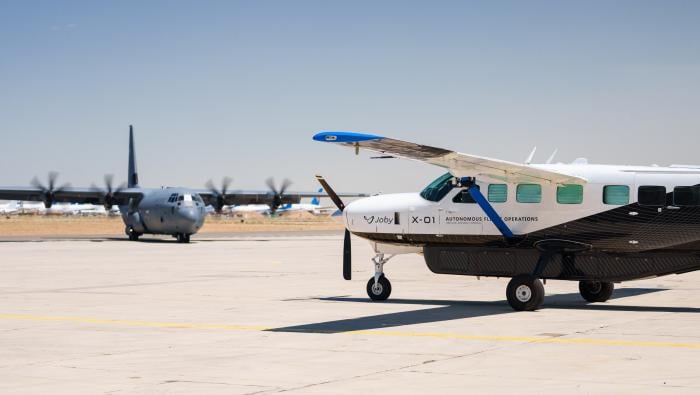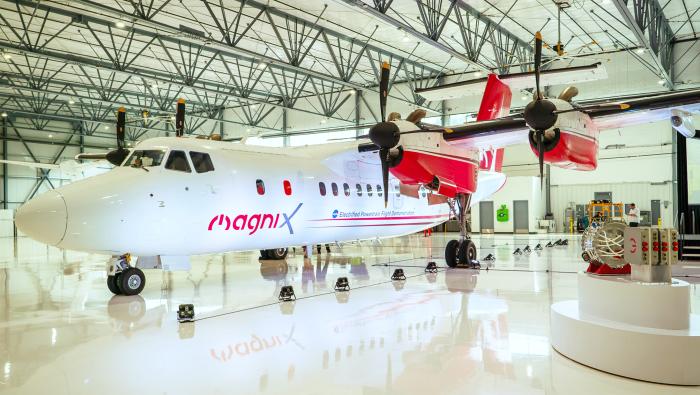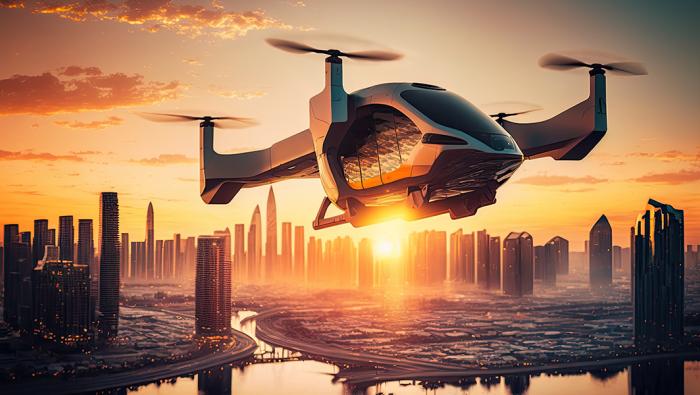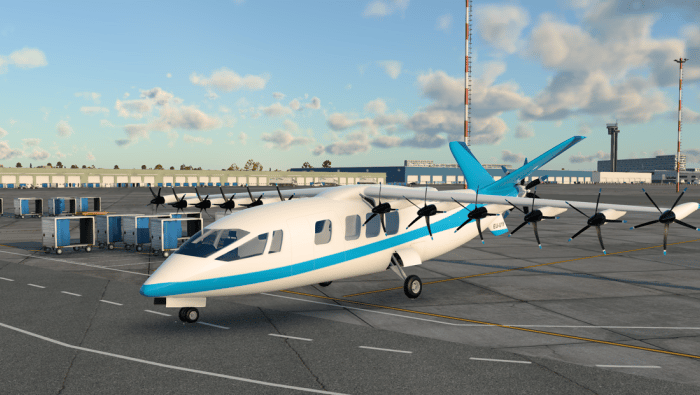Joby and Reliable Robotics have demonstrated military use cases for their remotely-piloted airplanes as part of a U.S. Air Force agile combat employment exercise, both companies announced August 26. Led by the U.S. Air Force’s Afwerx innovation unit, the Autonomy Prime program conducted the Agile Flag 24-3 exercise with Joby and Reliable Robotics at the Mojave Air and Space Port in California from August 5 to August 9. During the exercise, both companies used their autonomous Cessna 208B Grand Caravans to transport cargo between military bases in California and Nevada.










